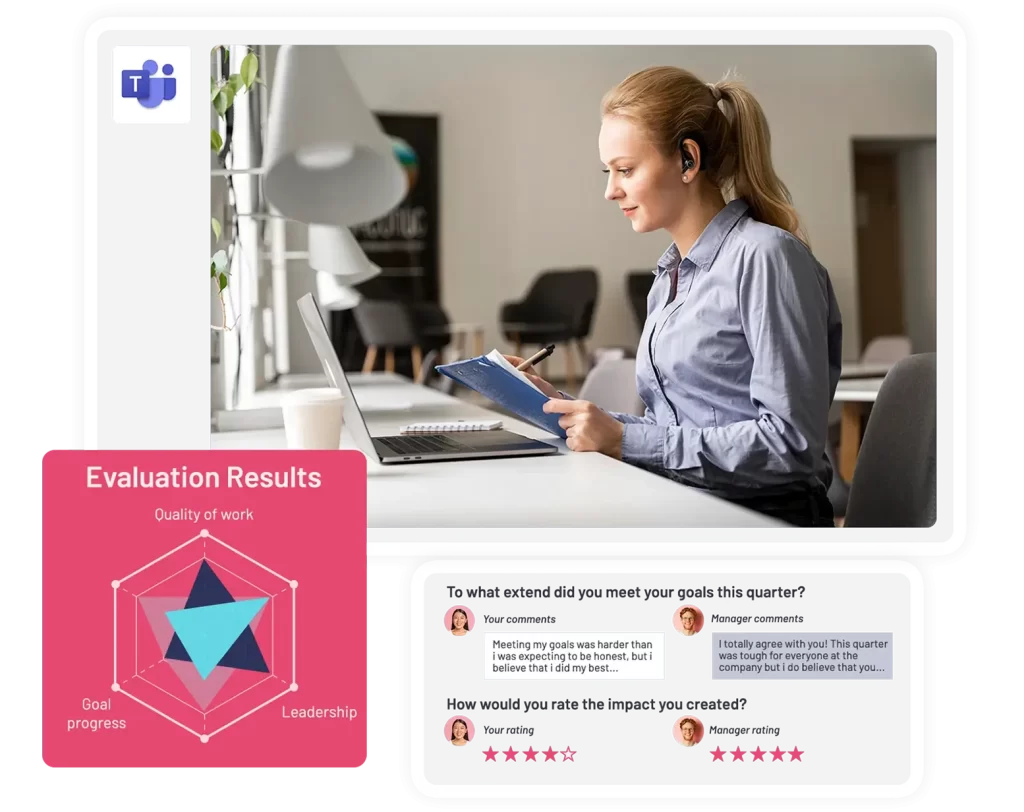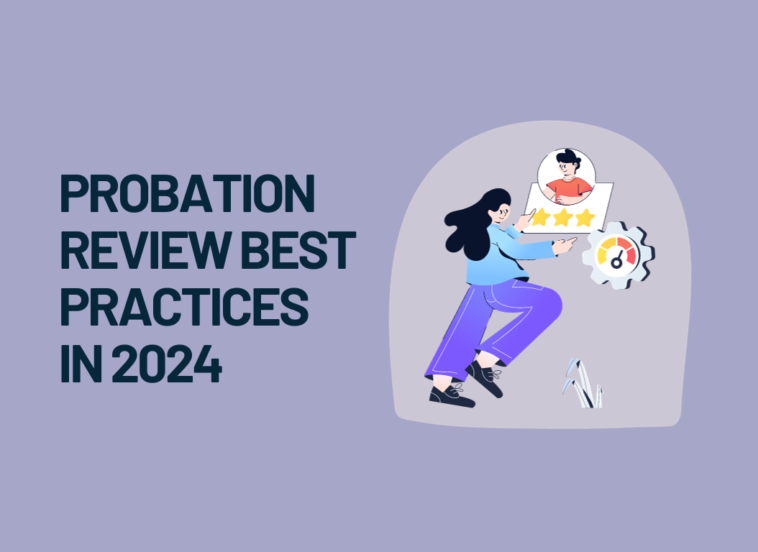There are many parallels that can be drawn between the beginning of one’s employment at a firm and the first couple of dates of a budding relationship.
If the initial interview was the blind date your mutual friends set you two up on, then the probation review is “the talk”! The one where you properly define the relationship.
All jokes and dating references aside, the probation review is an extremely important part of the recruitment process that has deservedly been getting a lot of attention lately.
With a terribly intimidating name like that, comes a lot of confusion, uncertainty, and doubt.There are some very relevant questions circulating the discussion from both sides of the spectrum such as:
What should a probation review include? When to conduct probation reviews? What questions are asked in probation review hearings?
Or even simply: What is a probation review?
This is why we decided to throw our hat in the mix and provide some insight into probation reviews not just on the side of the reviewer, but on the person being reviewed as well.
So scroll down at your reading pleasure as we discuss some basics, helpful tips, sample questions, and best practices about probation reviews.
Table of Contents
Transform your probation reviews with Teamflect!
The ultimate performance management tool designed for Microsoft Teams, Teamflect streamlines your review process. Conduct efficient one-on-one meetings, use customizable templates, and enhance your performance reviews.
Elevate your probation reviews and beyond, try Teamflect today for a more productive and insightful review experience!



